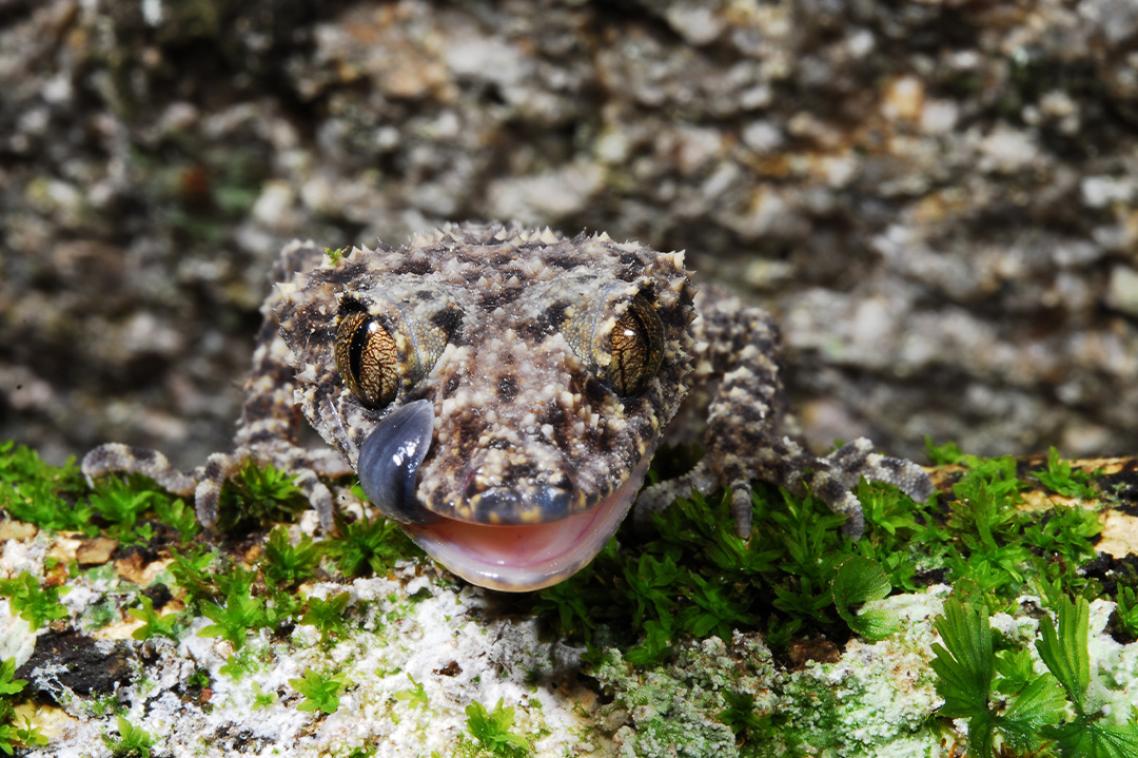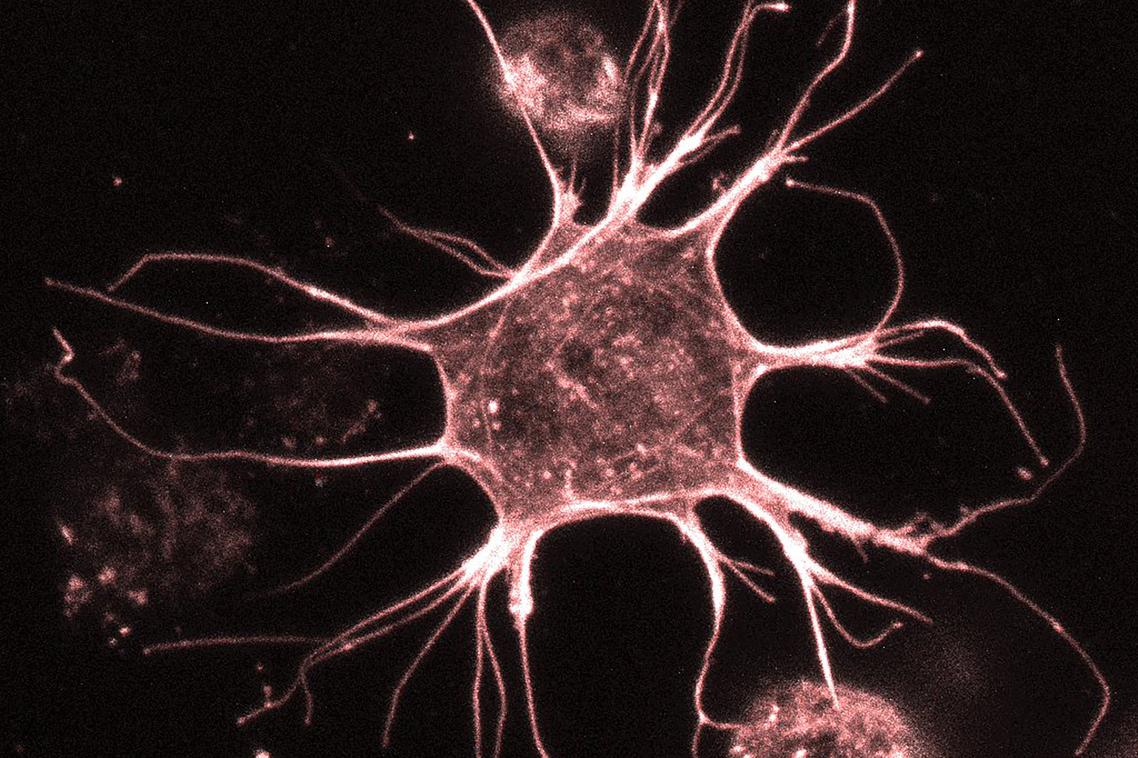Research reveals bill to recover Australia's threatened species

A critically endangered Gulbaru gecko (Phyllurus gulbaru).
(Photo credit: Eric Vanderduys. )
The full cost of recovering all of Australia’s threatened animals and plants has been calculated for the first time.
Research led by University of Queensland and CSIRO, Australia's national science agency, has estimated the annual cost to fully restore populations of 1,657 threatened terrestrial and freshwater species to be $583 billion.
Dr April Reside from UQ’s School of the Environment said the total sum may be impractical but the study showed there were many ways to make meaningful and affordable progress.
“Stopping Australia’s extinction crisis is critical as the plight of threatened species is indicative of broader ecosystem problems,” Dr Reside said.
“This huge cost – which is 25 per cent of GDP – shows the scale of the challenge.
“But there are many interventions that can be achieved to provide far-reaching benefits beyond threatened species, such as restoring traditional fire regimes, managing invasive species, and restoring and protecting habitats.
“These actions would enhance soil stability, improve water quality and sequester significant amounts of carbon.”
Research co-author Professor James Watson said agriculture can also benefit from such investment.
“We would be reducing the economic impact of pests and weeds, which costs the sector billions of dollars annually,” Professor Watson said.
“Threat abatement strategies also generate many thousands of jobs, particularly in rural and Indigenous communities, fostering economic resilience and social equity.”
Dr Josie Carwardine from CSIRO said the cost estimates offer new insights into the challenges and opportunities of reversing biodiversity decline.
“Our work shows the value of finding new ways to avoid further harm to our natural world, and the need to work toward a sustainable future where ecological health underpins economic prosperity and societal wellbeing,” Dr Carwardine said.
The researchers hope to have their work incorporated into decision-making for sustainability across all sectors of the economy along with climate adaptation planning in collaboration with Indigenous Traditional Owners and communities where possible.
“Integrating realistic biodiversity recovery costs in land-use planning, preventing further degradation of nature and reducing the long-term financial burden of environmental recovery are critical for ensuring a healthy environment and economy for generations to come,” Dr Reside said.
The research was published in Nature Ecology and Evolution.
The research was funded by the Australian Government’s National Environment Science Program Threatened Species Hub.
Related articles

AI creates and replaces tech jobs at speed, UQ research finds

Zooming in: UQ photo contest captures science at the nanoscale
Media contact
UQ Communications
communications@uq.edu.au
+61 429 056 139
